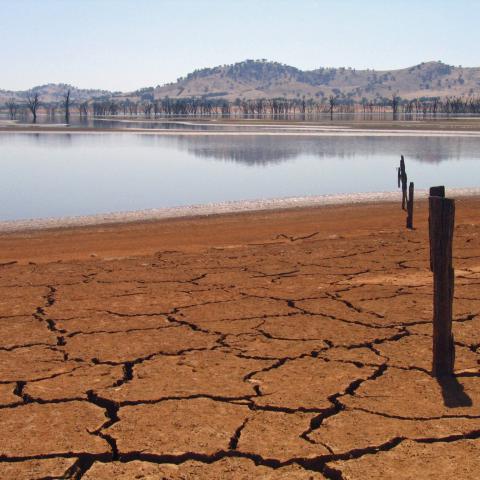Research & Studies

The article was written with the contribution of Tamás Hermann, iASK research fellow and was released in Science of The Total Environment, Vol. 807. Part 1. in 2022.
The protection of groundwater resources from non-point-source pollutants, such as those coming from agricultural practices, is the focus of several European Directives, including the Water Framework Directive and the Pesticide Directive. Besides the environmental goals to be reached by the single EU member state, these directives clearly underline the role of experts in supporting planners and public authorities to fulfil these objectives. This work presents a new web-based, freely-available dynamical tool, named the pesticide fate tool, developed within the geospatial Decision Support system (DSS), LandSupport, for the assessment of groundwater vulnerability, specific for type of pollutant. The tool is based on the extended transfer function model, specifically expanded to consider the transport of reactive solutes, such as pesticides. The work describes the tool implementation for three case studies, with different spatial scales and pedo-climatic conditions: Valle Telesina, IT, Marchfeld, AT, and Zala County, HU. Principal inputs of the tool are: soil physical and hydrological properties, climate, groundwater table depth, type of crops and related pesticides. Results of the model are shown through the LandSupport GUI both as coloured maps, representing the relative concentration of pesticide at the arrival to the water table at the end of the simulation period, and as cumulative charts of the solute arrival at the depth of interest. The three case studies are shown as examples of application of the LandSupport DSS in supporting the Water and Pesticides directives, demonstrating that it represents a valuable instrument for public authorities, environmental planners, as well as agricultural extension services. For example, large differences are shown by soils in filtering the tetraconazole (99.9% vs 76%), a fungicide used in viticulture, or different percentage of arrival (0.32% and 0,01%) to the groundwater table are shown for two herbicides (Tribenuron and Florasulam) largely used to control annual dicotyledonous weeds.
Keywords: Pesticide fate tool LandSupport, TFM-ext model, Groundwater specific vulnerability assessment
The article is available with full text HERE.